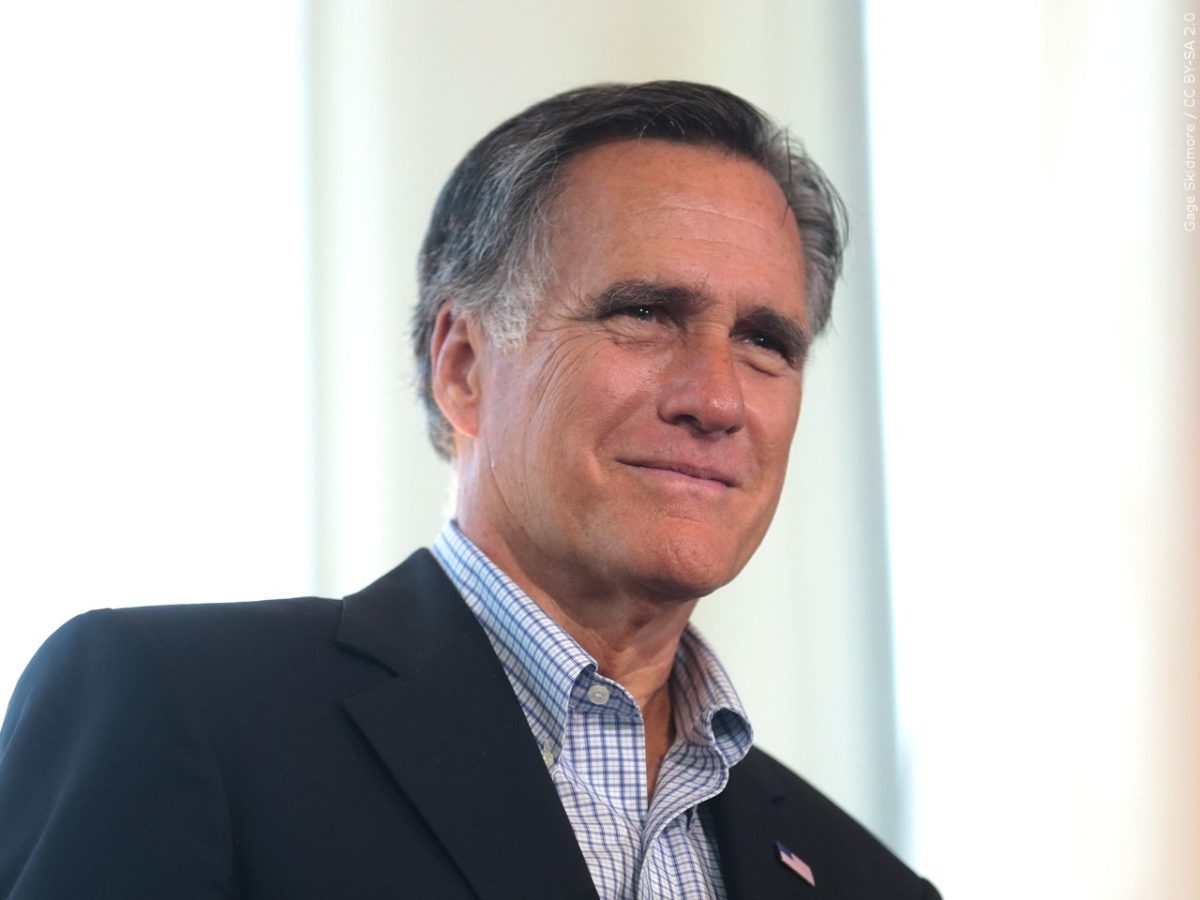In 2018, the United States experienced one of the largest youth voting turnouts for midterm elections in history.
According to the Center for Information and Research on Civic Learning and Engagement, or CIRCLE, at Tisch College, youth turnout was, strikingly, 28%.
This rate was significantly higher than that in 2014, whereupon the youth voting turnout was merely 13%, according to CIRCLE, thereby demonstrating a shift in the political representation of U.S. youth.
However, many remain concerned about the legitimacy of this increased representation. The age of Congress could be primarily to blame. At an average of 64 years old, the current Senate remains the oldest in history, ironically paralleling that of the historical uptake in youth voting rates.
“Although these members present valuable experience relative to their old age, they simply can’t keep up with the ever-changing world,” said Emily Wright, freshman political science major.
This brings a new sentiment into the mix: a correlation between “political success” and a youthful Congress. Definitively, even some of the older politicians recognize this argument to be important.
Utah Senator Mitt Romney is 76 years old. Despite his age, he is leading the fight for a new generation of leaders. Just this past month, Romney released a statement clarifying his position on seeking reelection.
“I think it’s time for guys like me to get out of the way and have people in the next generation step forward,” Romney said. “They’re the ones that need to make the decisions that will shape the world they will be living in.”
Some GC students agree with this belief wholeheartedly. A transition to a younger Congress could bring many positive impacts across American politics.
“The next generation of leaders, having grown up alongside these arising issues, presents better equipped to put forth positive solutions,” Wright said. “I believe America, guided by the new generation of leaders, is an America committed to the individual rights of people.”
Even through the latitudes of this argument, it does not stop here. Romney sheds additional insight by relating ongoing challenges to solutions separate from party lines.
“Donald Trump calls global warming a hoax, and President Biden offers feel-good solutions that make no difference to the global climate,” Romney said. “It would be a great thing if both President Biden and former President Trump would stand aside.”
This sort of criticism is nothing new. In 2020, during the height of Black Lives Matter, or BLM , protests across the nation, Romney became at odds with Trump regarding such demonstrations. Foreseeably, it did not stop him from attending many BLM protests and rallies regardless.
Despite going through partisanship dilemmas, Romney continued to carve out his own political solutions, one of which resulted in the formation of a bipartisan COVID-19 relief bill that provided as much as $908 billion in relief.
“We have people hurting right now, and our country is facing a crisis, and during a crisis, it is essential that we come together to do what is necessary,” Romney said. “That’s what this legislation does.”
Decisions about many national hardships may have to be resolved by the American youth as their participation in voting rises to historic levels. Mitt Romney, through his consistent distaste for both current political parties, has ultimately orchestrated a response proportional to this trend: out with the current generation, in with the next generation.


